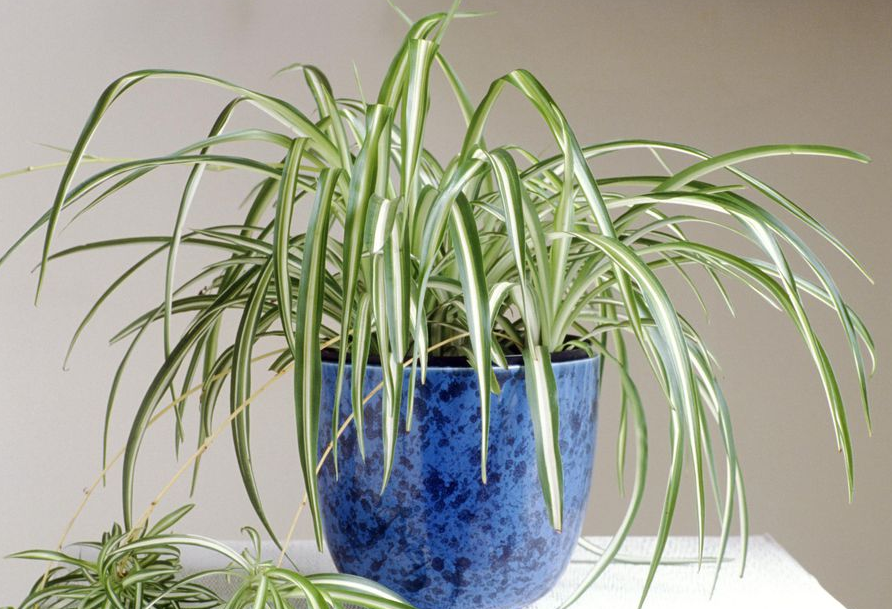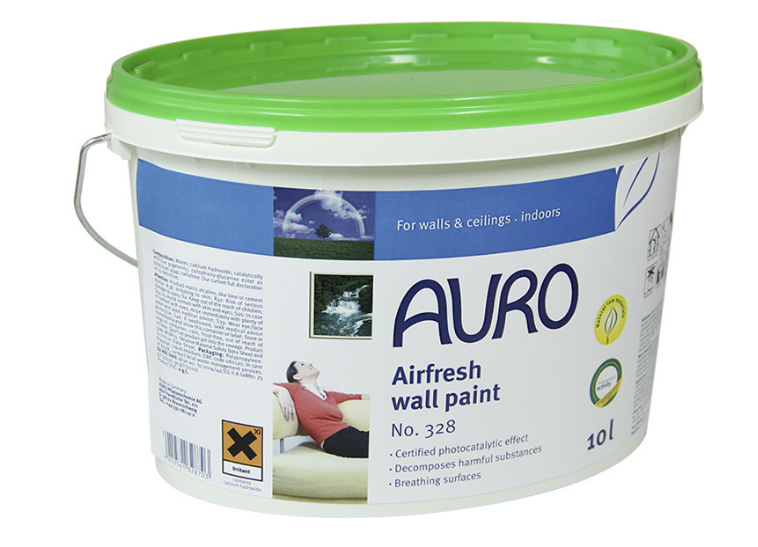Scented candles, Formaldehyde, Paint and Plants (Part 1)
Posted by Morag, Celtic Sustainables on 5th Jan 2018
Scented candles, Formaldehyde, Paint and Clean Air Plants
A informative article recently on the BBC’s “Trust me I’m a Doctor” investigated air quality in six similar modern homes in the UK. They were particularly interested in what happens to the fragrances we use to in our homes, to freshen or clean rooms, when they are released into the air inside our homes.
According to the programme, although the ingredients in scented candles, plug in air fresheners, cleaning sprays and the like have been tested independently for toxicity, they have not been tested in combination, and certainly not with the other products you use.
Professor Alasdair Lewis and his team at the University of York teamed up with the doctors on the programme.
They tested each home for the following volatile organic chemicals (VOCs):
- isoprene,
- benzene
- toluene,
- ethyl benzene,
- m/p-xylene,
- a-pinene (alpha pinene) – pine smell, and
- limonene – citrus smell
Unfortunately for us consumers, sometimes in the ingredients list these items are just listed as “parfum” or perfume”.
Prof. Lewis also tested the three homes with the largest quantities of limonene in their air for formaldehyde.
What causes formaldehyde in your home?
The particular interest for this programme was formaldehyde as a secondary product of fragrance products. Studies at the University of York have shown that when limonene breaks down in the air, for every 2 molecules of limonene released, 1 molecule of formaldehyde is formed. The homes with higher levels of limonene also had higher levels of formaldehyde in their homes.
Formaldehyde is also found in the glues of some pressed wood products like plywood, panelling, particleboard, and fibreboard. So it’s a good idea to ask about the formaldehyde content of furniture and other products made with pressed wood and to take extra care not to breathe in the dust of this type of “wood” when cutting it.
It’s also in tobacco smoke and can be released into rooms that use unvented fuel-burning appliances, such as gas stoves, wood-burning stoves, and kerosene heaters.
Does formaldehyde cause cancer?
According to the U.S. Department of Health and Human Services, National Toxicology Programme, formaldehyde has been suspected of being a human carinogen since 1981 and it’s status was changed in 2011 to being a known human carcinogen. Given this new evidence, it’s probably wise to limit exposure to it!
It has other effects too. According to cancer.gov “When formaldehyde is present in the air at levels exceeding 0.1 ppm, some individuals may experience adverse effects such as watery eyes; burning sensations in the eyes, nose, and throat; coughing; wheezing; nausea; and skin irritation. Some people are very sensitive to formaldehyde, whereas others have no reaction to the same level of exposure.”
How to reduce your exposure to formaldehyde
The good news is that there are several ways to reduce your exposure of formaldehyde in your home.
- Keep your home well ventilated. Open doors and windows whenever you can.
- Reduce your use of products containing limonene and formaldehyde.
- Place clean air plants that absorb chemicals and free-radicals around your home.
- Paint rooms with clean air paints that neutralise chemicals.
 Clean Air Plants
Clean Air Plants
Half way through the BBC’s experiment they gave 4 houseplants to each of the families. When they took new air samples they found that even though the households hadn’t changed their behaviour (they were still cleaning, spraying and lighting scented candles as usual) the amount of formaldehyde in their homes had decreased. This information isn’t new – NASA have been investigating this for quite some time as indoor air quality is very important for their space programme! Plants the BBC used in the experiment where:
- Spider plant (Chlorophytum ),
- Dragon tree (Dracaena),
- Golden Pothos ( Scindapsus), and
- English Ivy (Hedera helix).
Clean Air Paints
Paint rooms with paints that absorb formaldehyde like AURO Airfresh. AURO 328 Airfresh paint reduces indoor odours and pollutants including formaldehyde.
AURO 328 Airfresh paint reduces indoor odours and pollutants including formaldehyde.
Fresh Air Can be painted now! Auro 328 Airfresh paint reduces indoor odours and pollutants including formaldehyde.
This paint has a special combination of raw materials that, using sunlight (or artificial light), breaks down odours and pollutants in your home into neutral substances. It has even been tested on formaldehyde and found that over 90% of formaldehyde is broken down within the 1 hour of exposure to the paint! This paint is available in white (great for ceilings!) and is also tintable with Auro 350 colours.
Read a second part to the formaldehyde and indoor air quality issue on our new Blog and News page.



